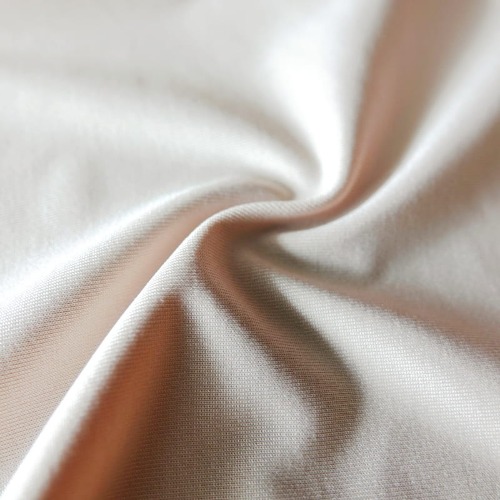Anti-bacterial fabric is designed to inhibit the growth and spread of bacteria on its surface. It is often treated with antimicrobial agents or infused with silver ions, which have properties that can kill or inhibit the growth of bacteria, fungi, and other microorganisms. When comparing anti-bacterial fabric to similar things, it's essential to consider its advantages and limitations compared to other types of fabrics or treatments. Here's a comparison:
Anti-Bacterial vs. Regular Fabric: The primary advantage of anti-bacterial fabric over regular fabric is its ability to prevent bacterial growth and potential odors caused by bacteria. Regular fabrics do not have inherent antimicrobial properties, which means they are more susceptible to bacterial colonization and unpleasant smells over time.
Anti-Bacterial vs. Antibacterial Treated Fabric: Some regular fabrics can be treated with antibacterial agents, similar to anti-bacterial fabrics. The difference lies in the effectiveness and durability of the treatment. Anti-bacterial fabrics are often engineered to provide long-lasting protection against bacteria, while antibacterial treatments on regular fabrics may wear off over time with washes and use.
Moisture Wicking and Breathability: When comparing anti-bacterial fabric to other moisture-wicking and breathable fabrics (e.g., polyester, nylon), the presence of anti-bacterial properties does not necessarily impact their moisture management or breathability. Fabrics with moisture-wicking capabilities are designed to keep the wearer dry and comfortable by drawing moisture away from the skin, regardless of their antimicrobial features.
Odor Control: Anti-bacterial fabric can help control odor caused by bacteria buildup, making it beneficial for active wear, sportswear, and garments worn for extended periods.
Environmental Impact: When considering sustainability and the environment, it's essential to evaluate the impact of antimicrobial treatments used on anti-bacterial fabric. Some treatments may release chemical residues during washing or have potential environmental consequences. Manufacturers and consumers should weigh the benefits of anti-bacterial properties against the environmental considerations.
Application: Anti-bacterial fabrics find applications in various sectors, including medical textiles, sports apparel, bedding, and undergarments, where bacteria control is desirable. However, in certain applications, like home textiles, regular fabrics may be sufficient, and antimicrobial properties may not be necessary.

Anti-Bacterial Single Jersey Poly Spandex Fabric For Sports Bra is come from yarn or finished chemicals.This funcion keeps the fabric from bacterial and fresh from odor.It is mostly applied in sportswear or underwear.

Anti-Bacterial Single Jersey Poly Spandex Fabric For Sports Bra is come from yarn or finished chemicals.This funcion keeps the fabric from bacterial and fresh from odor.It is mostly applied in sportswear or underwear.


 English
English 中文简体
中文简体


.jpg?imageView2/2/format/jp2)











